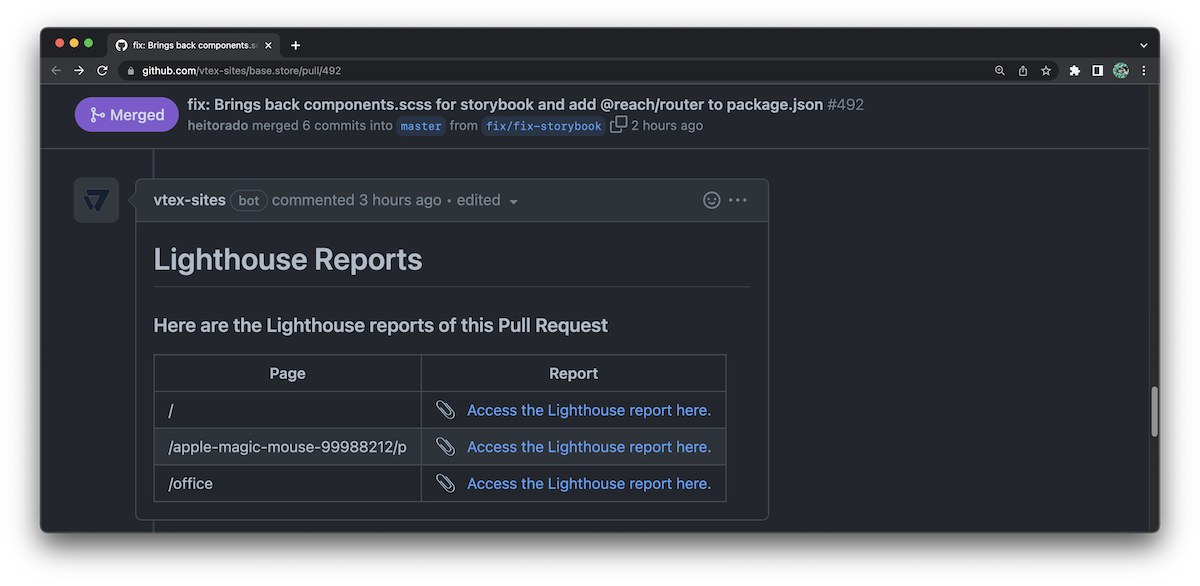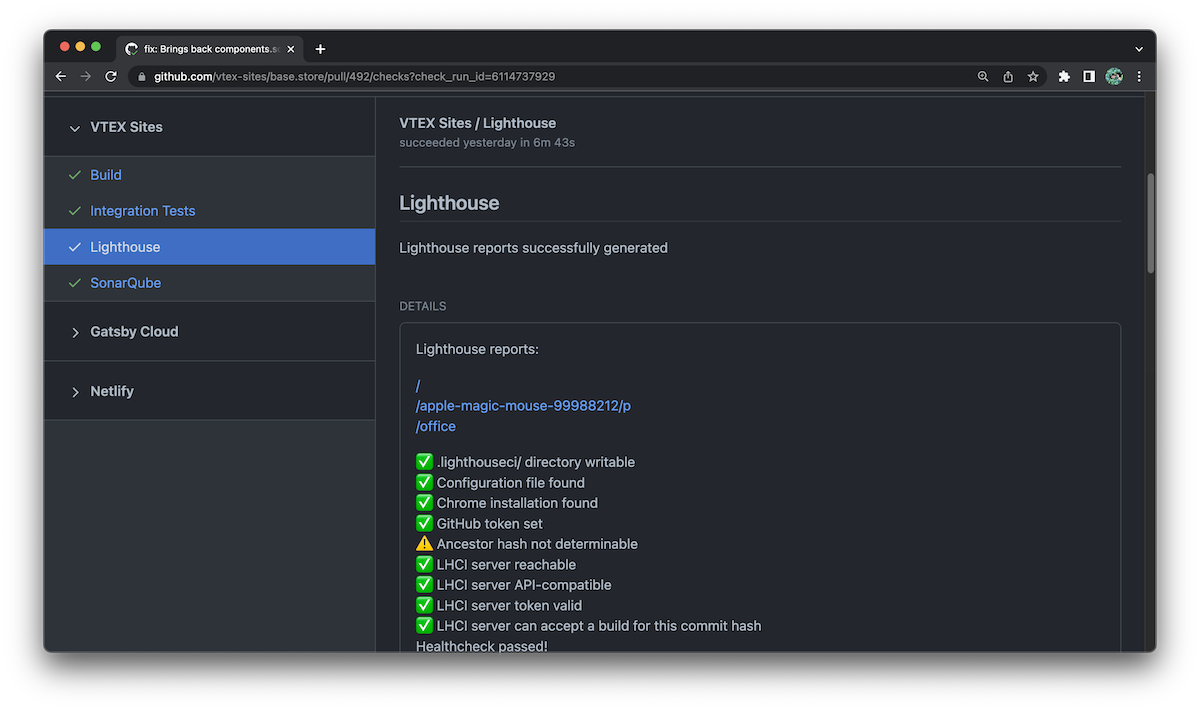Optimized WebOps build time
We updated the WebOps infrastructure to improve building times by using cache of previous builds and reducing the amount of necessary files needed for serving a store.
What has changed?
WebOps Unified Build
WebOps Unified Build is a new unified system for WebOps builds that reduces data and improves the building time. This system reduces build and deployment overhead, as shown in the table below:
| Store | Before | After |
|---|---|---|
gatsby.store | 13m | 5m |
nextjs.store | 6m | 5m |
Framework cache for Next.JS projects
Next.JS projects now have infrastructure for caching which improves response times and reduces the number of requests to external services.
After the implementation of caching next build times were decreased from 63s to only 34s nextjs.store.
Why did we make these changes?
The goal of these improvements is to reduce WebOps overhead by enhancing the generation, saving, and deploying of compilation artifacts while also decreasing build time.
What needs to be done?
WebOps Unified Build: Nothing. This improvement is already available for all WebOps users.
Framework cache for Next.JS projects: Go to the
vtex.envof your project and check the configuration for WebOps build caching:
USE_NODE_MODULES_CACHE=true
USE_FRAMEWORK_CACHE=true

